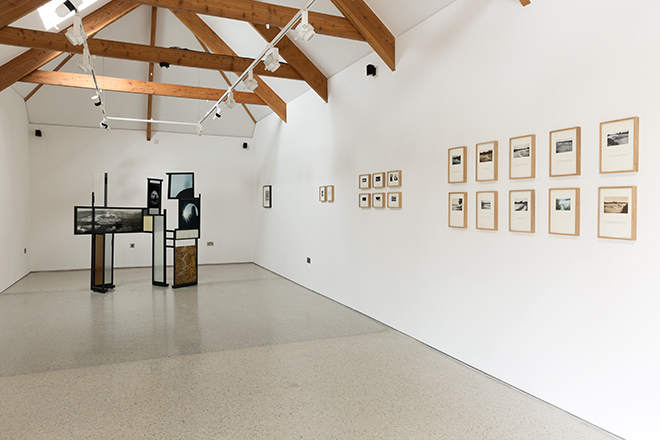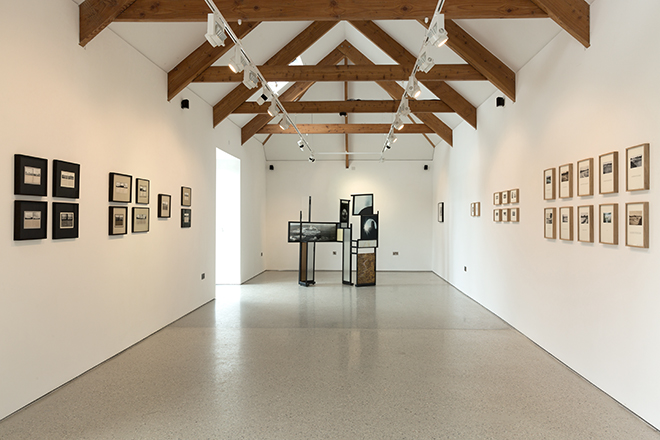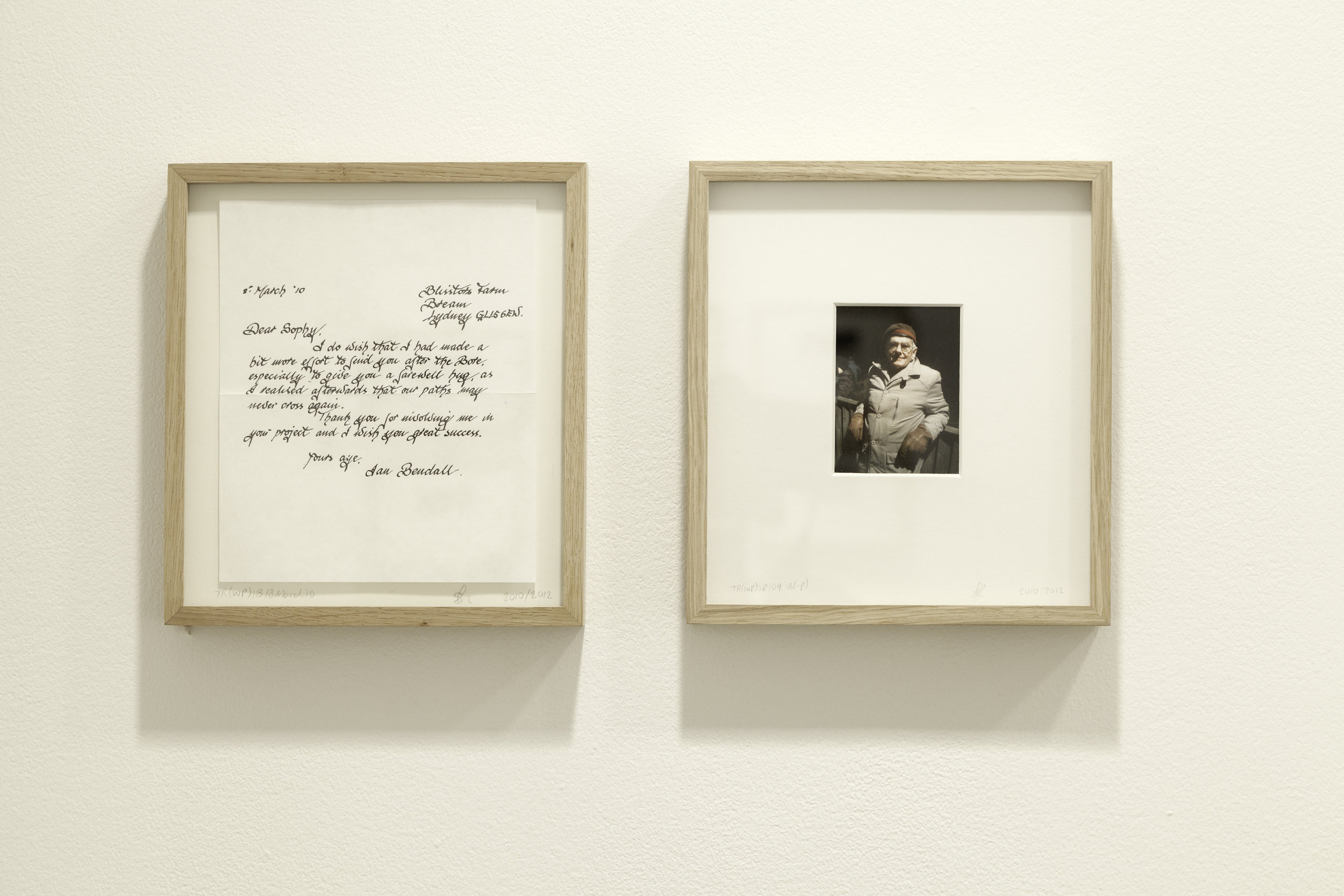



Ledger Lines: Abigail Reynolds, Sophy Rickett and Michelle Stuart
Kestle Barton, Helston, Cornwall
27 May - 9 July 2017
This exhibition has been curated in collaboration with Parafin Gallery, London. It brings together work by three artists who explore ideas relating to landscape, history and memory. The three distinct bodies of work included triangulate three West Country sites – Avebury and the Ridgeway, the River Severn and the Penwith Peninsula – which are rich with cultural and historical significance. The works use seemingly objective strategies such as documentary photography and the archive to explore these sites and their meanings, drawing inspiration from disciplines such as archaeology, geology and geography, but fusing them with the intimate and poetic. The works thus suggest both intensely personal readings of place and history – whether through the delicate earth rubbings of Michelle Start’s Avebury works or Sophy Rickett’s correspondence with a stranger she met on the banks of the Severn – but also contrast subjective and objective modes of understanding place. They reinforce a reading of ‘landscape’ as a construction that combines a physical place with human relationships.
For Reynolds, Rickett and Stuart, research is an important part of the making of the work. All three artists are interested in the idea of the archive and the creative possibilities in the act of selectively gathering information. In creating their archive-like works, they use the photograph and the book as indexical documents, but subvert their authority. In addition, all three are interested in making journeys and consequently their works explore the ways in which travelling through and being in a landscape affects our experience of it and our understanding of its histories. Finally, all three are interested in the ways in which time and the passage of time can be encoded within the work. Ultimately the works articulate a sense of both past as present and the power and significance of particular places. They elide the contemporary and the historic, the cultural and the geological. They demonstrate, as Myfanwy Evans wrote of the great English painter Paul Nash and his interest in Avebury, ‘No interest in the past as past, but in the accumulated intenseness of the past as present.’
Ben Tufnell, Director of Parafin